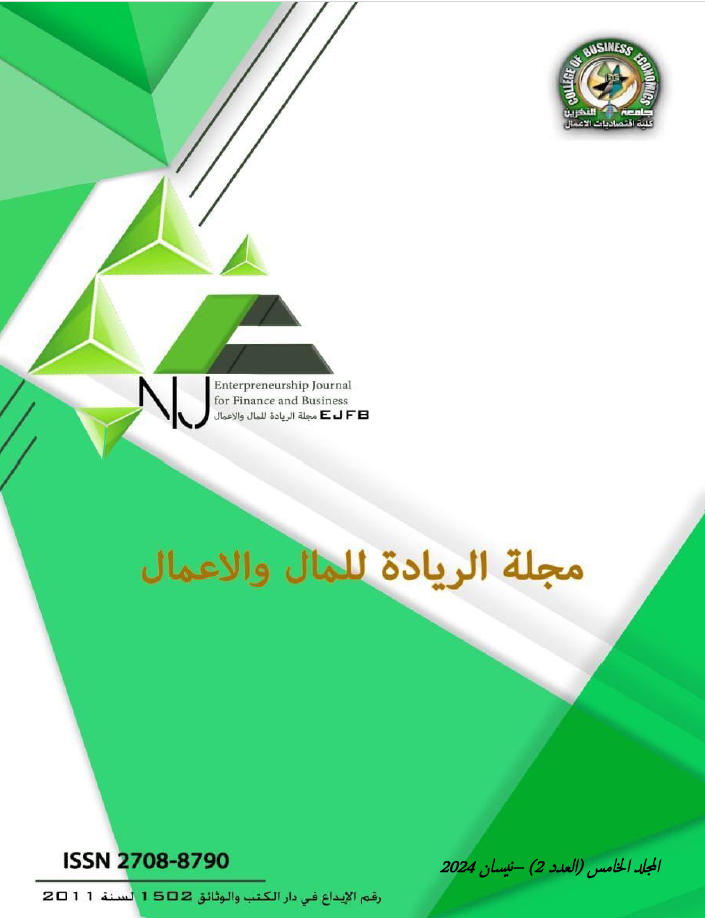performance evaluation study for Commercial and Islamic banks using the PATROL Model: A comparative study for the period (2017 – 2022)
DOI:
https://doi.org/10.56967/ejfb2024416Keywords:
evaluating banking performance, the most important types of performance evaluation models, the concept PATROL model and its most important indicatorsAbstract
The research aims to evaluate the performance of banks using the PATROL model as a modern model that departs from traditional evaluation models. The model used is considered an early warning tool and includes five indicators: “(capital adequacy, profitability, credit risk, regulation, liquidity).” The research methodology included the use of the descriptive aspect based on books, research, dissertations, and theses, in addition to the use of the analytical aspect through the use of mathematical equations for the indicators of the model used. The research sample represented banks (Sumer Commercial, International Islamic) due to the availability of their data announced in the stock market, in addition to not displaying the research sample to any Violations during its banking work and throughout the research period extending between (2017-2022) for the purpose of making a comparison between them when using the model in evaluating their performance and determining the best in performance. The research hypothesis was proven that the PATROL model can be used in evaluating the performance of commercial and Islamic banks. The research reached a number of conclusions. The most important of which is that using the model helps bank management in identifying the strengths and weaknesses of performance, which helps decision makers develop effective solutions to obstacles and problems in a timely manner. One of the most important main recommendations of the research is directing banks to the necessity of following up on the performance evaluation process to achieve their banking soundness and ensure their sustainability and continuity in the job.
Downloads
Downloads
Published
How to Cite
Issue
Section
License
Copyright (c) 2024 حيدر حسن كاظم

This work is licensed under a Creative Commons Attribution 4.0 International License.
This is an Open Access article distributed under the terms of the creative commons attribution (CC BY) 4.0 international license which permits unrestricted use, distribution, and reproduction in any medium or format, and to alter, transform, or build upon the material, including for commercial use, providing the original author is credited.






